
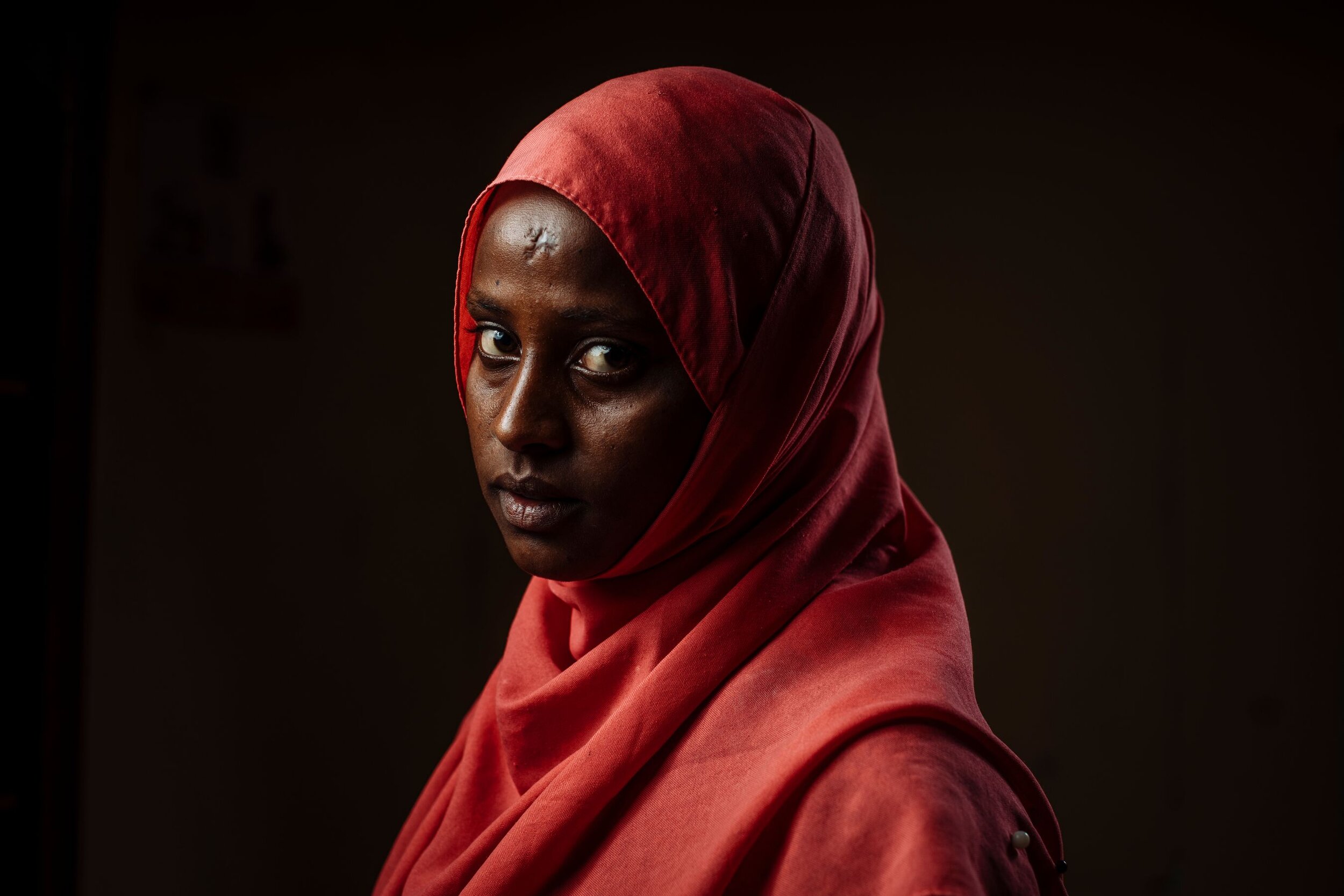
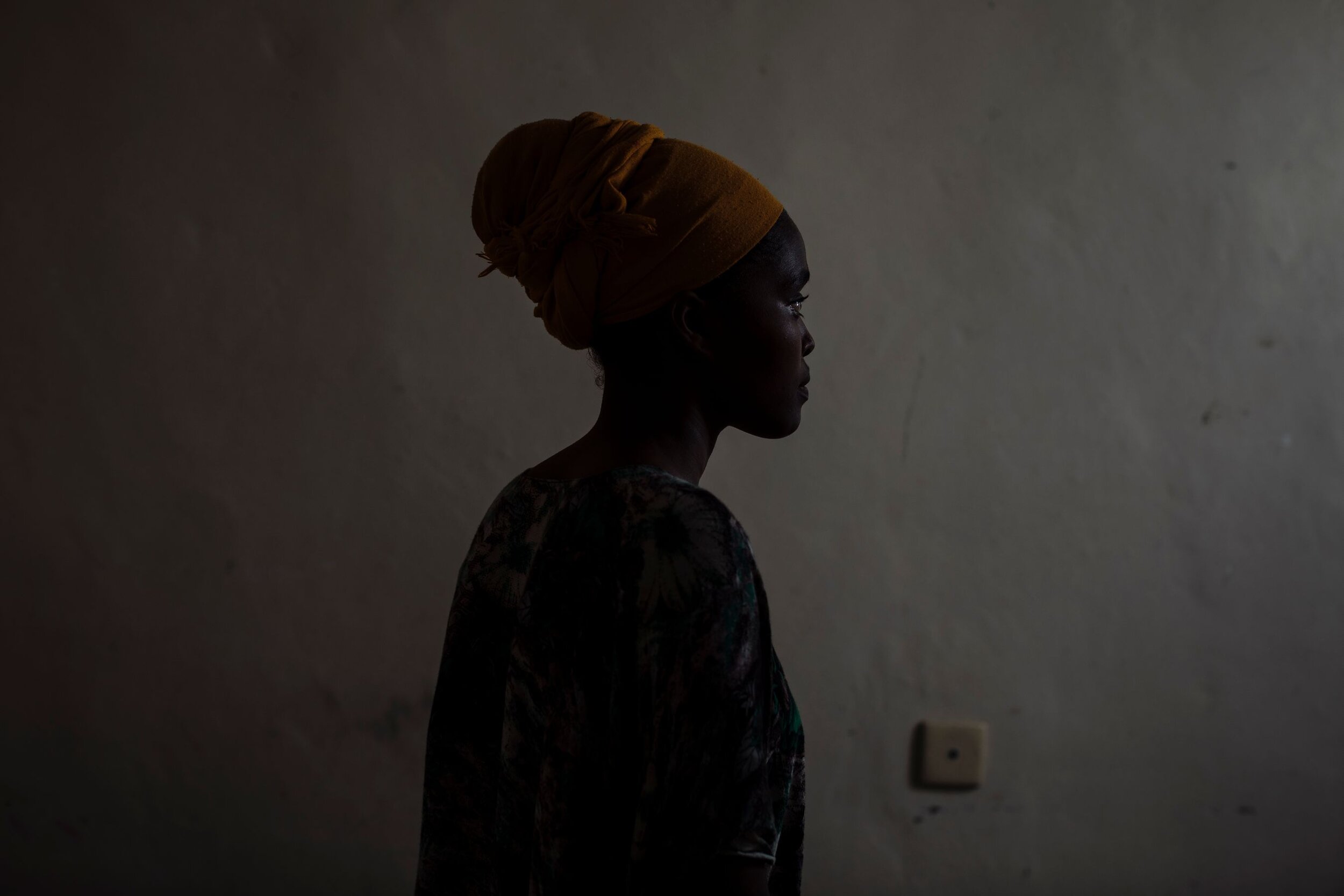
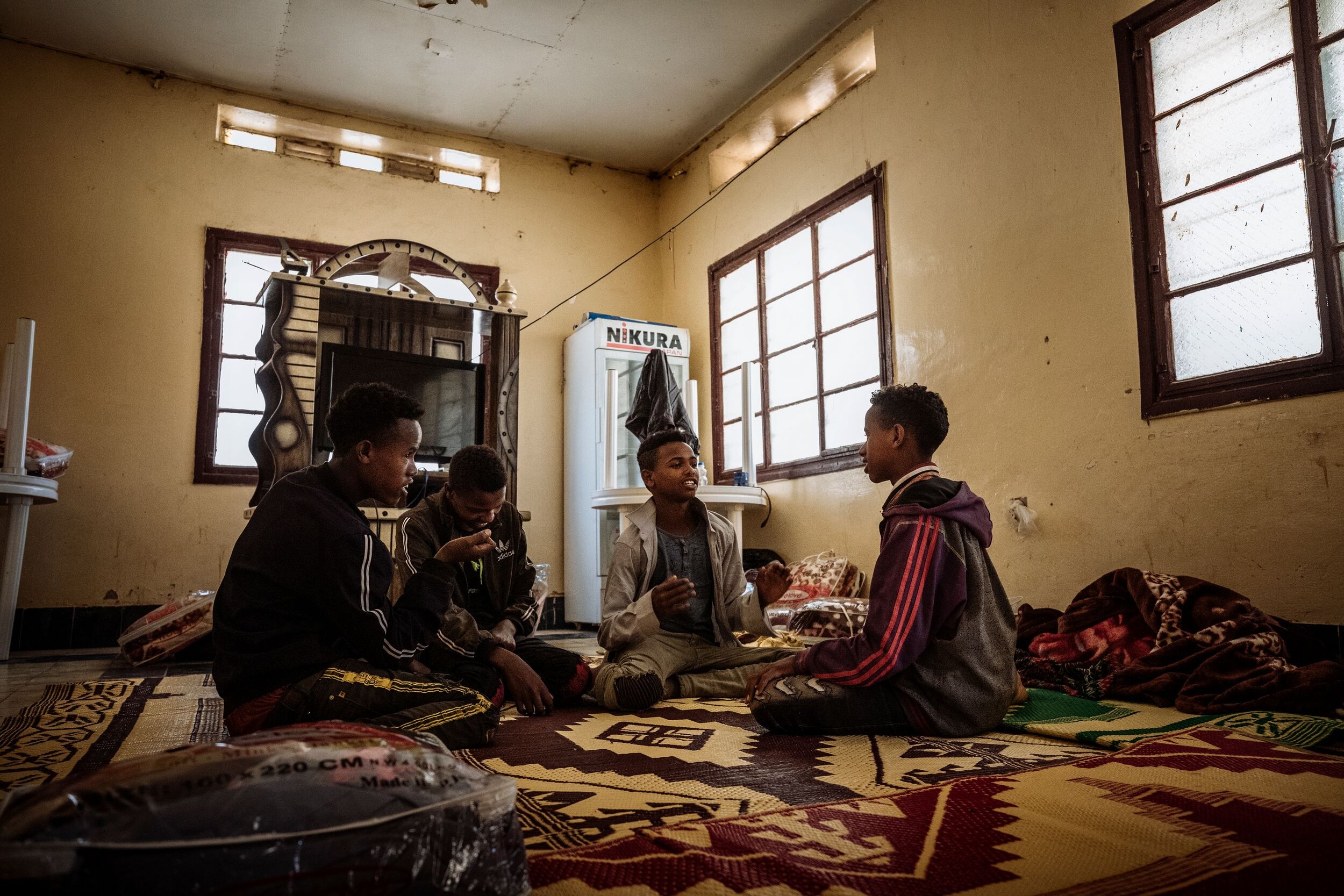
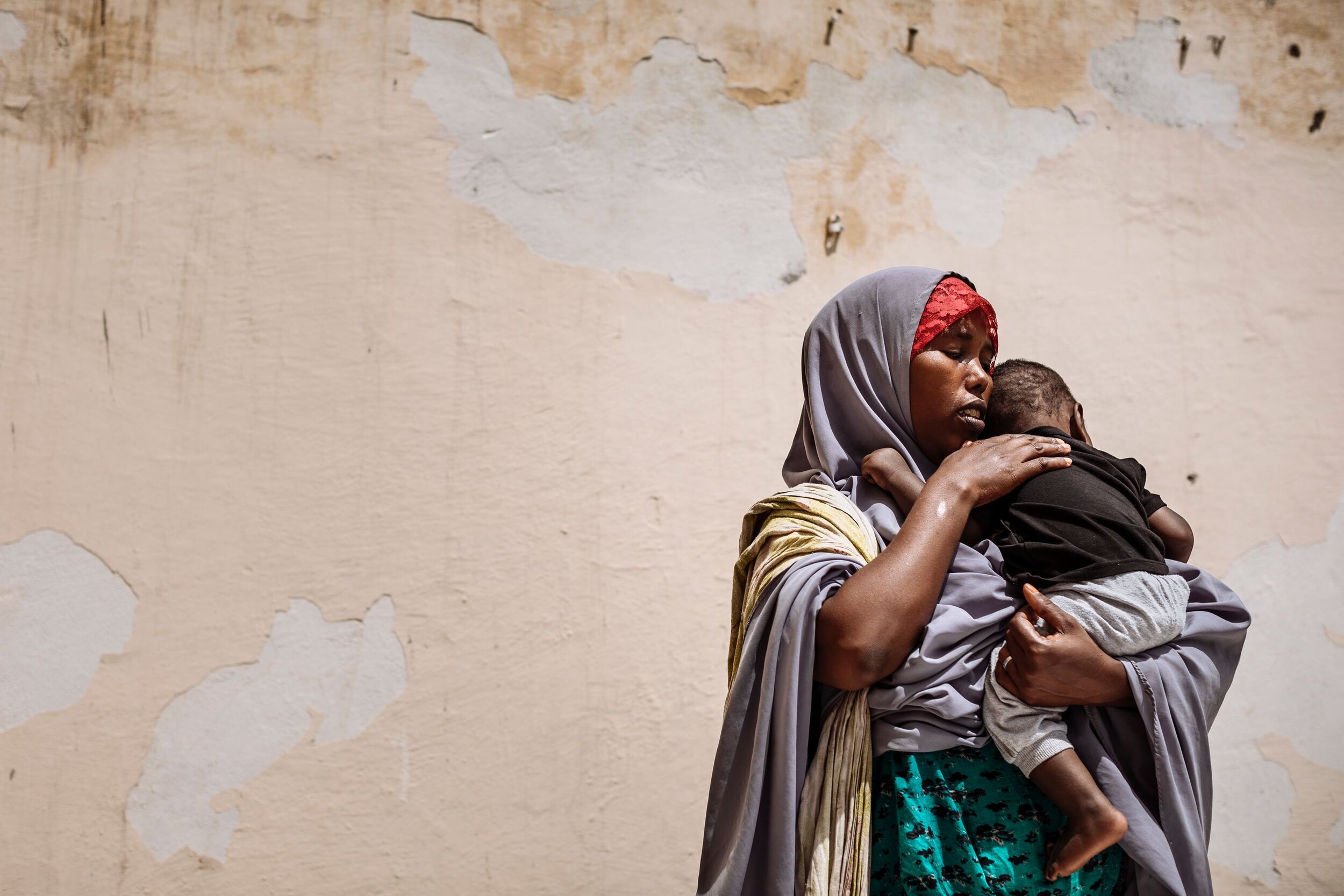
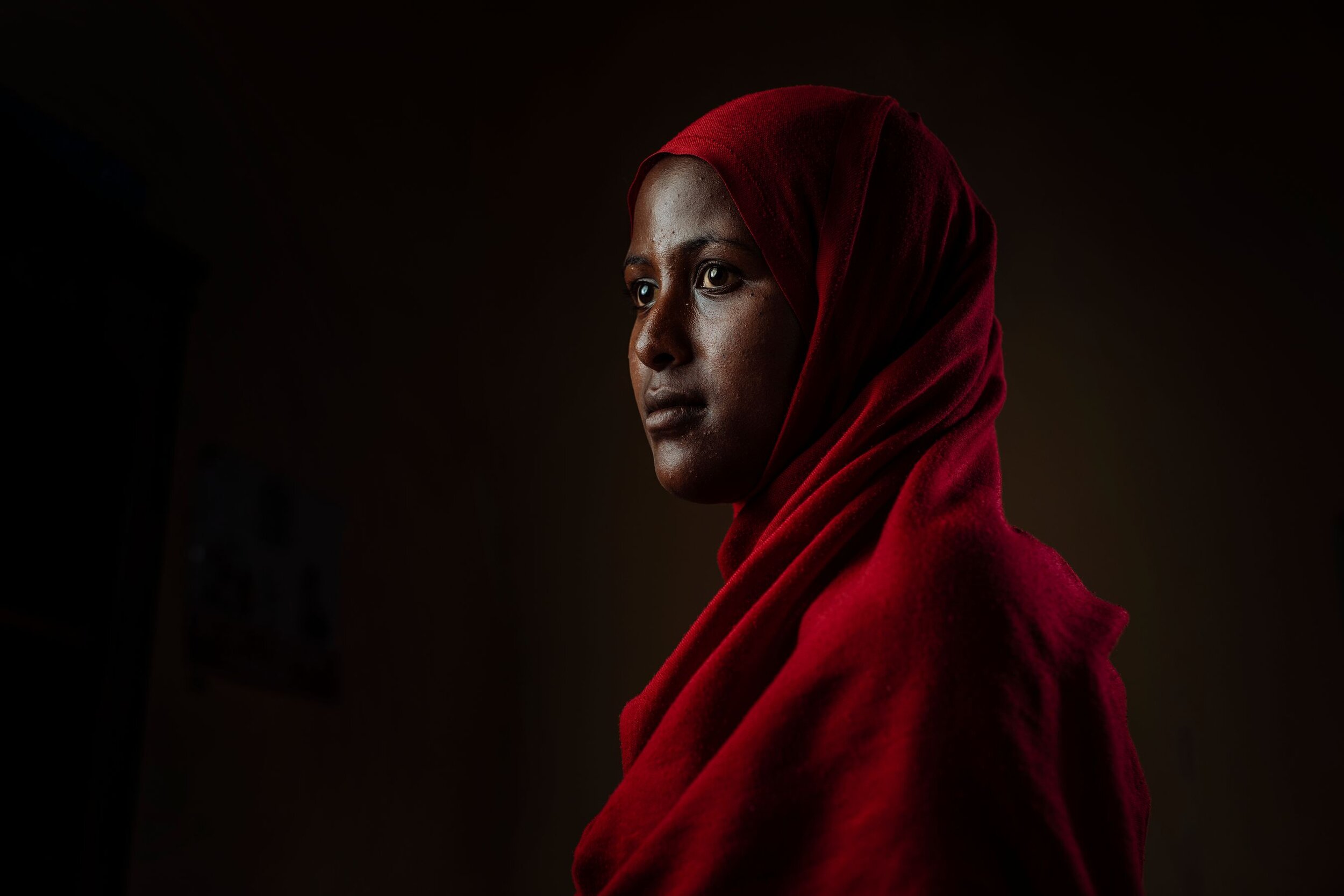
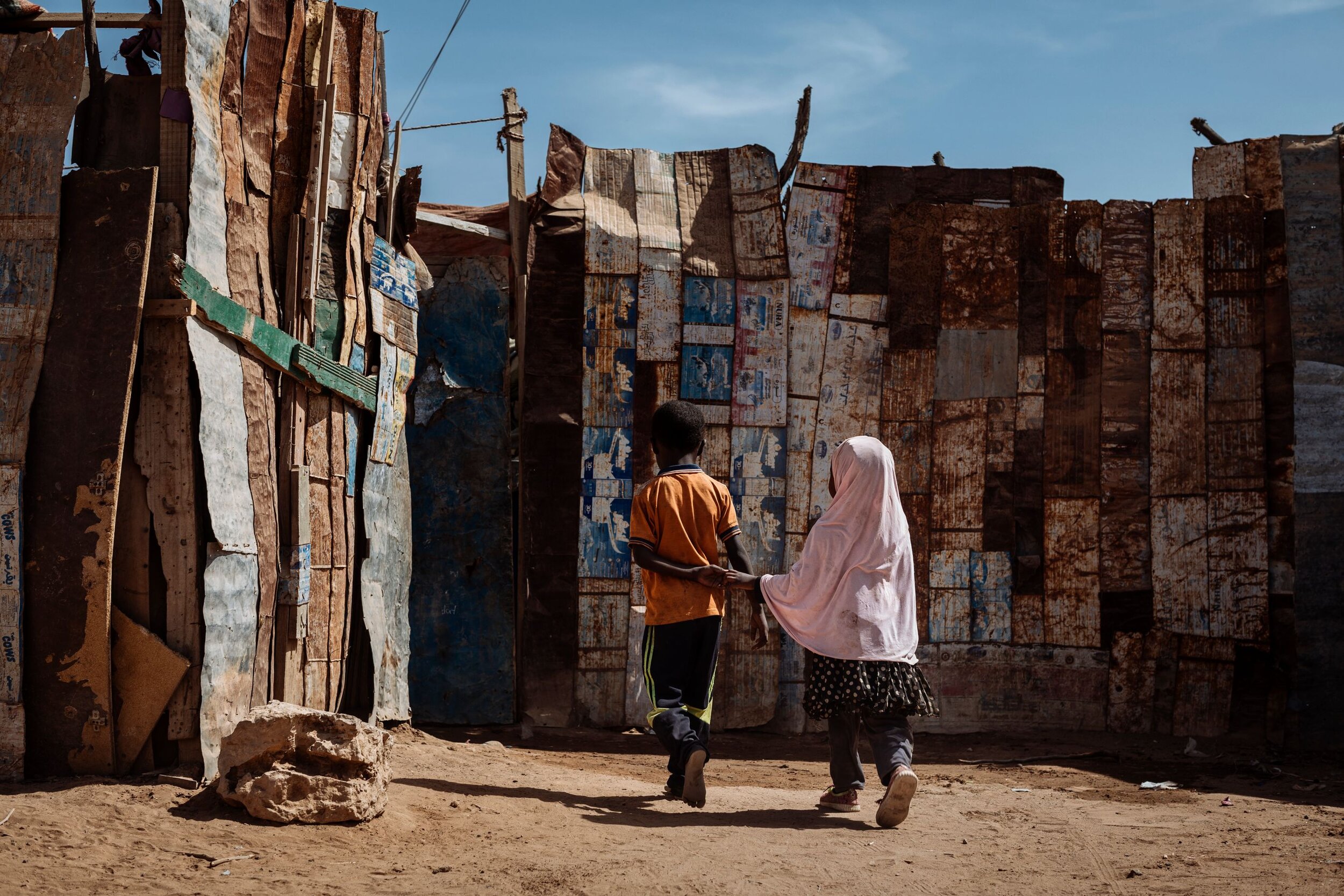
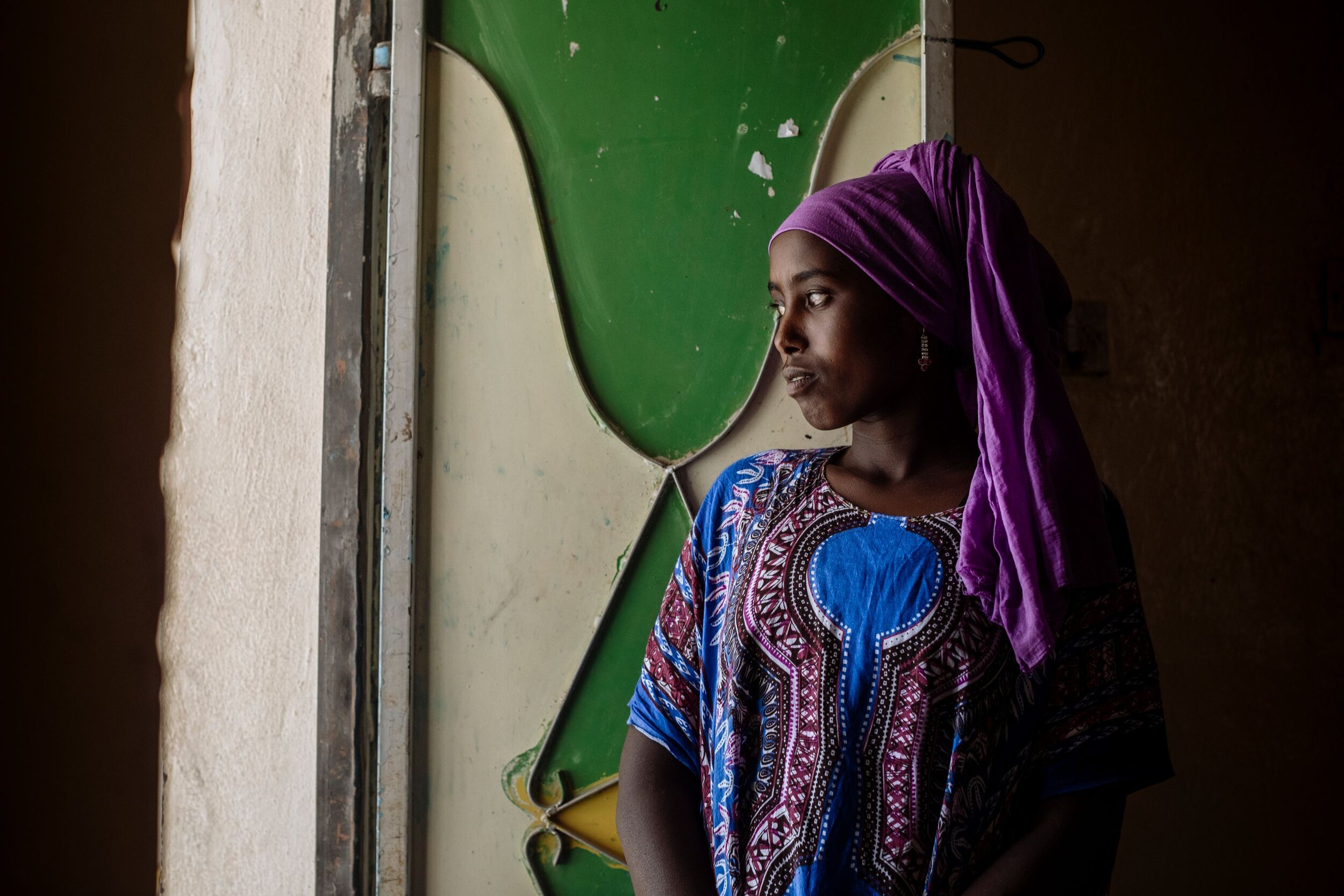
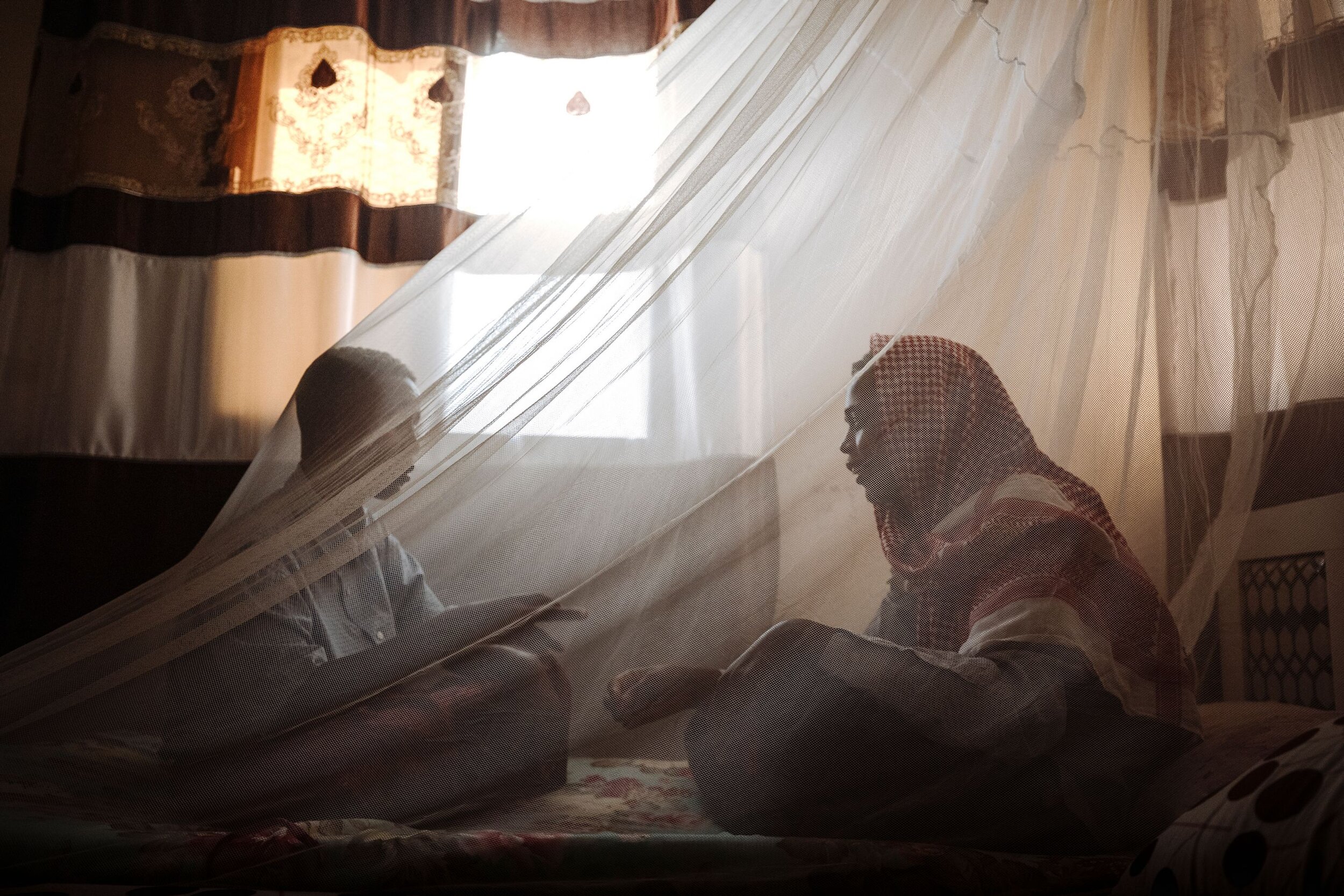
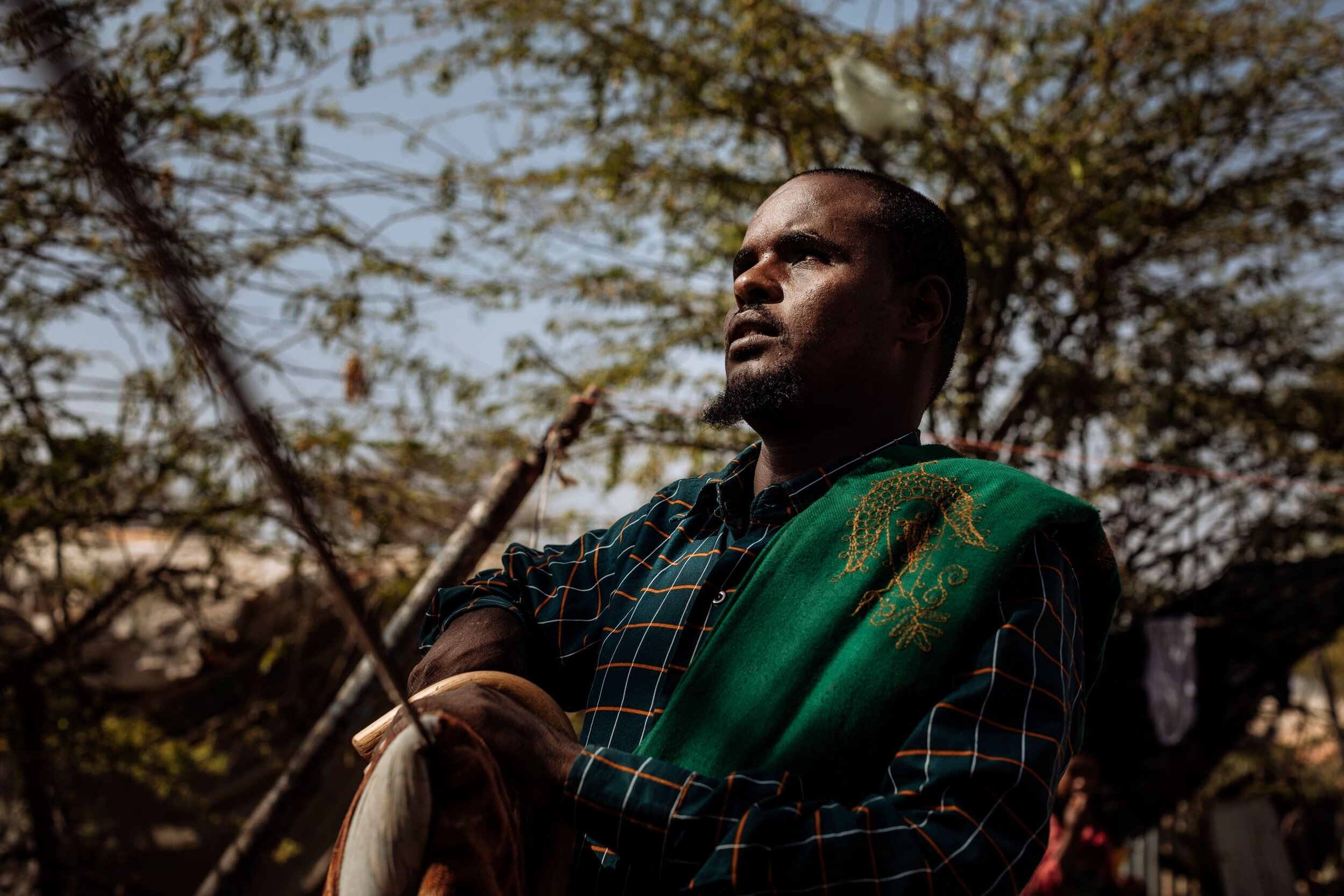
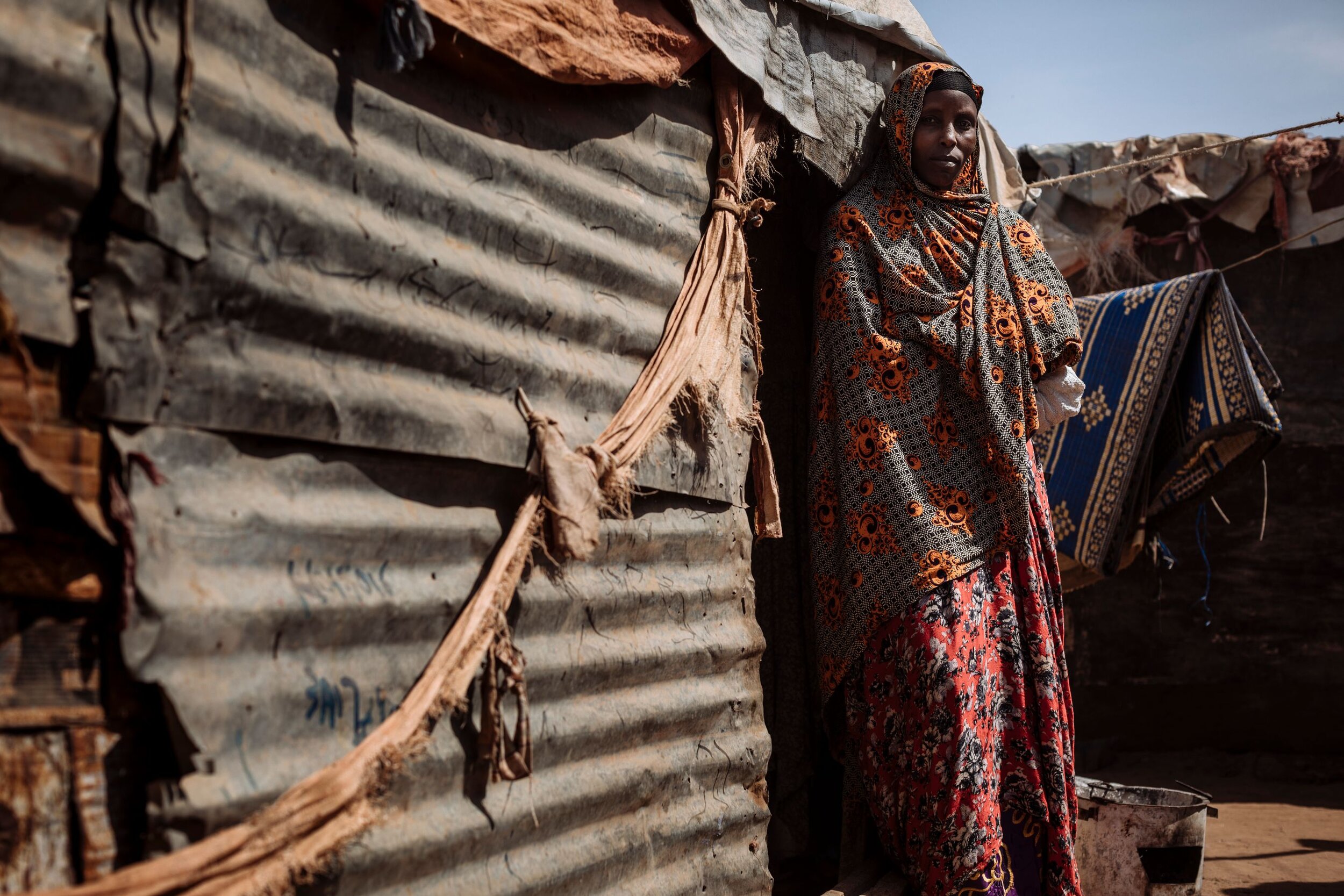
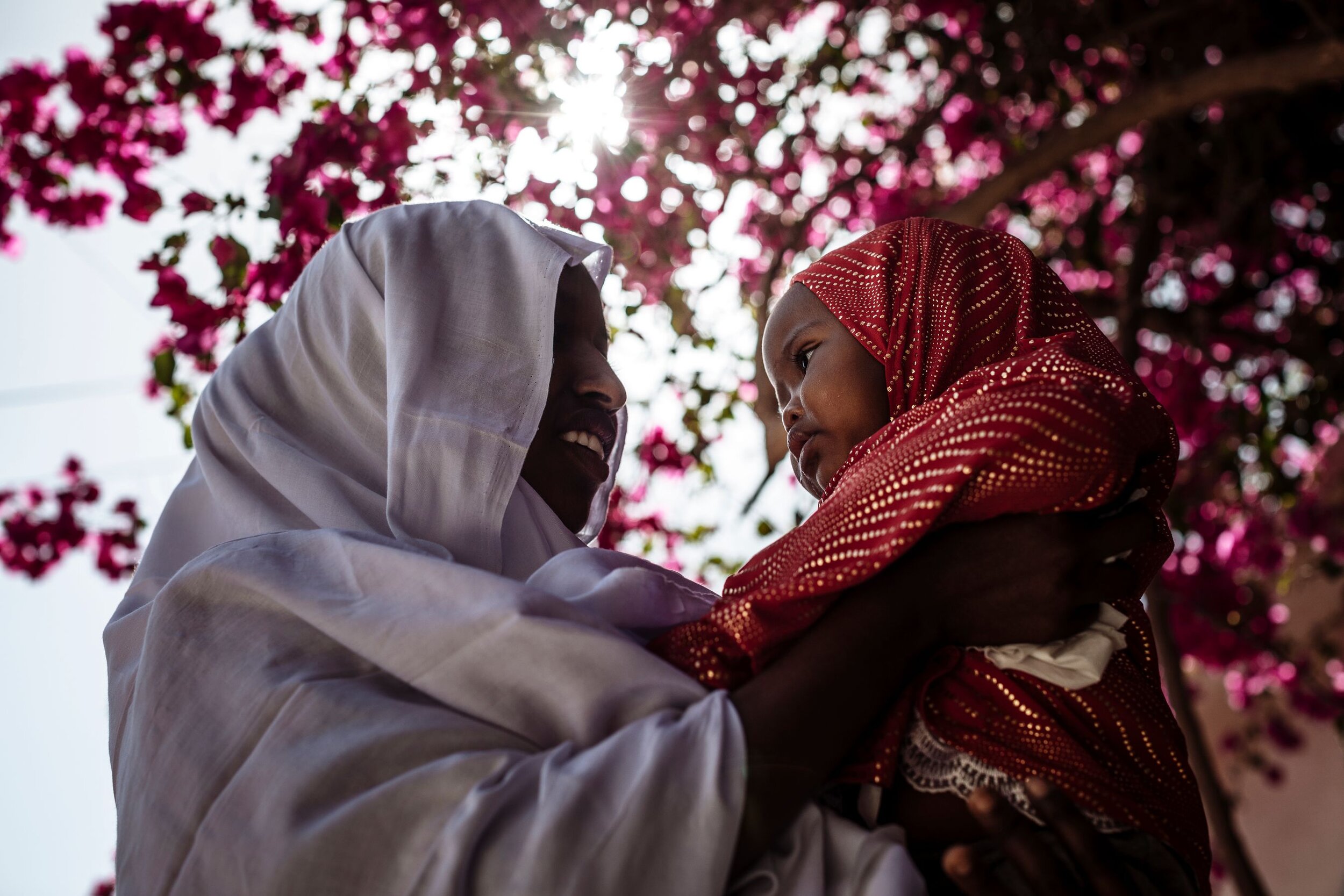
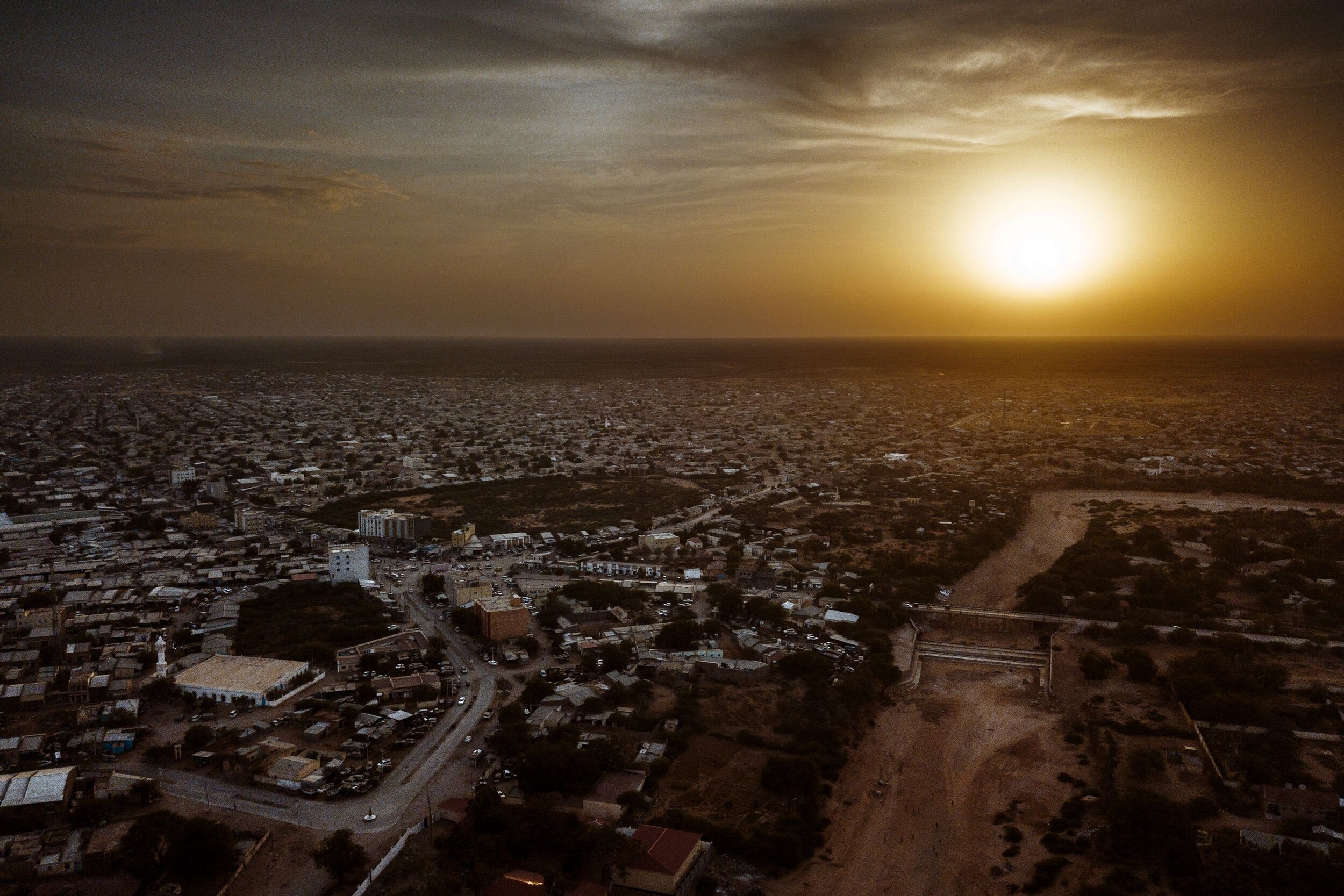

Every year, scores of Ethiopian men, women, and children leave home in search of a better life. Too often, despair and fear are exploited by human traffickers and smugglers who prey on their hopes and dreams, painting an image of a reality that often does not exist.
They travel to Somalia and Djibouti along the so-called Eastern Migration Route, cross the Gulf of Aden, and journey through conflict-torn Yemen to the Gulf, principally the Kingdom of Saudi Arabia, in search of work. Others head northwest to Sudan and onto conflict-torn Libya to try and cross the central Mediterranean, the deadliest sea-crossing in the world.
On the Eastern Migration Route, almost two-thirds of the 138,000 people who in 2019 crossed to Yemen - the busiest maritime migration route on earth - boarded smugglers’ vessels in the port town of Bosasso, in Puntland state. Some depart from Hargeisa in Somaliland while significant numbers go through Obock, in Djibouti.

Zainaba, an 18-year-old Ethiopian,came to Somalia planning to cross to Yemen and then Saudi Arabia. She was stranded along the journey and, after reaching Bosasso, decided to seek IOM’s help to return home.

Fourteen-year-old Camilia was among a group of children approached by a smuggler at her school with promise of being assisted to find work in the Gulf.
As soon as they reached the port city of Bosasso however, the smuggler took their phones, called their parents, and demanded more money. They remained in limbo for days while the smuggler extorted all he could from their worried families. He then abandoned the children on the outskirts of the town.
With help from a passerby, they reached a centre in town that supports child victims of trafficking and are now waiting to be reunited with their loved ones.

Children abandoned by smugglers gather at a community centre for Ethiopian migrants in Hargeisa, Somaliland. The young boys were strangers to one another but shared the same journey - and the same fears. Lured from their rural homes with the promise of jobs and fortunes in Saudi Arabia, their journey was cut short when their smugglers’ truck had an accident in Somalia.
The near-death experience was enough to convince them to stop in Hargeisa where they found refuge in the community centre. Now the boys simply want to be able to return home to their families and identify the smugglers to local authorities in the hope that such an act would prevent them from luring other youth into making the same journey.

Farhiya and her eight-month-old son await to return to Ethiopia at a reception centre in Bosasso, Puntland. She arrived in the country five months ago to look for her husband who left without a word. She heard rumours that he wanted to cross the Gulf of Aden to Yemen and then on to Saudi Arabia looking for work. She hitchhiked to Somalia and walked desert roads in a failed months-long search. “I have five other children to look after, so I’m going home.”

Daida, a 19-year-old Ethiopian, also came to Somalia intending to cross to Yemen and then Saudi Arabia. She was stranded along the way and after reaching Bosaso, decided to seek help to return home.

Two Ethiopian children outside their home in a shantytown in Burco, Somaliland. The informal settlement which has existed for several years, is home to dozens of Ethiopian migrants who had tried to make the journey to Saudi Arabia but failed to even reach Yemen.

Smugglers are quite familiar in Fatura’s hometown in Ethiopia. “We met them in the town’s main square and they put us in their car and took us away,” explains the 17-year-old.
They travelled from town to town, picking up other migrants along the way through their network. “They convinced us to follow them to Saudi Arabia. I don’t know where it is, but I was told that there were plenty of jobs there,” she said. The teen had no idea she was travelling to an active conflict area, a detail the smugglers conveniently omitted.

Two children play in a shelter for unaccompanied victims of trafficking in Bosasso, Puntland. Young and gullible, they fell for the trafficker’s promise to take them to Dubai to find jobs.
“The man came to the school,” Ali recalled. “He told us he would get us to Dubai in a few days. I did not tell my parents because I knew they would not agree. I see how much they struggle to feed us, and I thought if I got a job, I would be able to help.” Instead, the smuggler took all their money and abandoned the pair in Bosasso.

Mohamed Arrived in Burco, Somaliland, 15 years ago seeking medical assistance. He had an eye infection and could not get the help he needed in Ethiopia. Unfortunately, he lost his sight, and with it the hope for a better future.
“I was broken,” Mohamed said. “I was young and had no money or friends to rely on. The darkness lifted when I met Ali. He has been my companion ever since.” The pair and 50 others live in makeshift accommodation on the outskirts of Burco, begging to survive in an already impoverished area.

Roman fled Ethiopia when she was 18-years-old. She arrived in Somalia, hoping to build a safer life. Widowed at a young age with three mouths to feed, tired and unable to provide for them, she married another man, and had two more children.
They had very little besides each other. One day, her husband left Somalia in an attempt to get to Saudi Arabia through Yemen. “I have not heard from him in months,” she says. “Had it not been for the kindness of strangers, my children and I would have starved to death.”

Fadmou holds her baby girl as she waits in a clinic in Hargeisa, Somaliland. The 18-year-old Ethiopian and her husband plan to migrate to Yemen and then to the Gulf in search of a better life.
“Life has not treated us kindly here,” she said. “My friends tell me that Saudi Arabia is the land of opportunities, and I want to go now because I don’t want my child to grow in poverty like I did.”

A sunset over Burco, Somaliland. The town is a known point of origin for Somali migrants hoping to travel abroad to destinations like Saudi Arabia or Europe. For Ethiopian migrants it ranks among their transit locations.